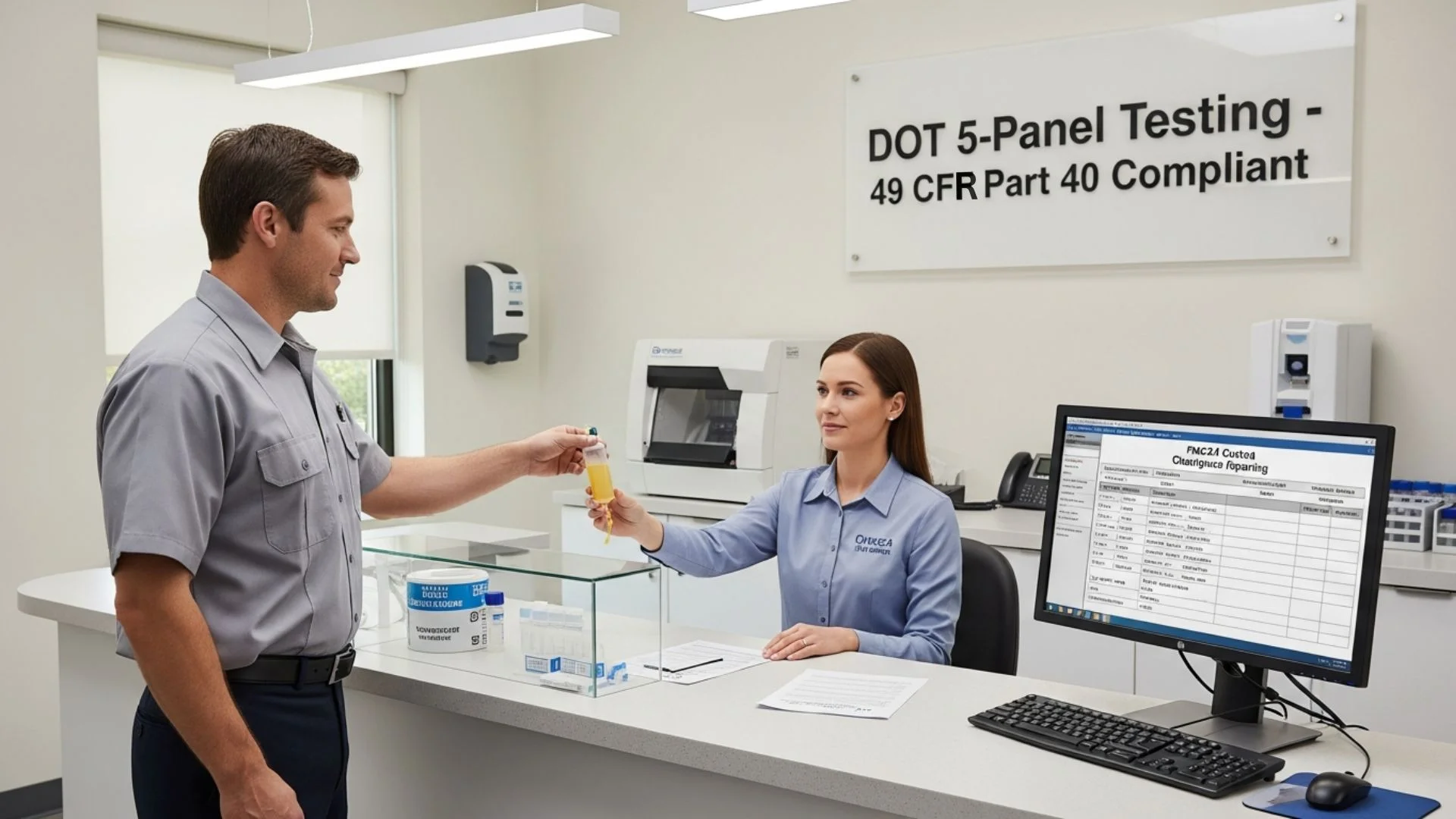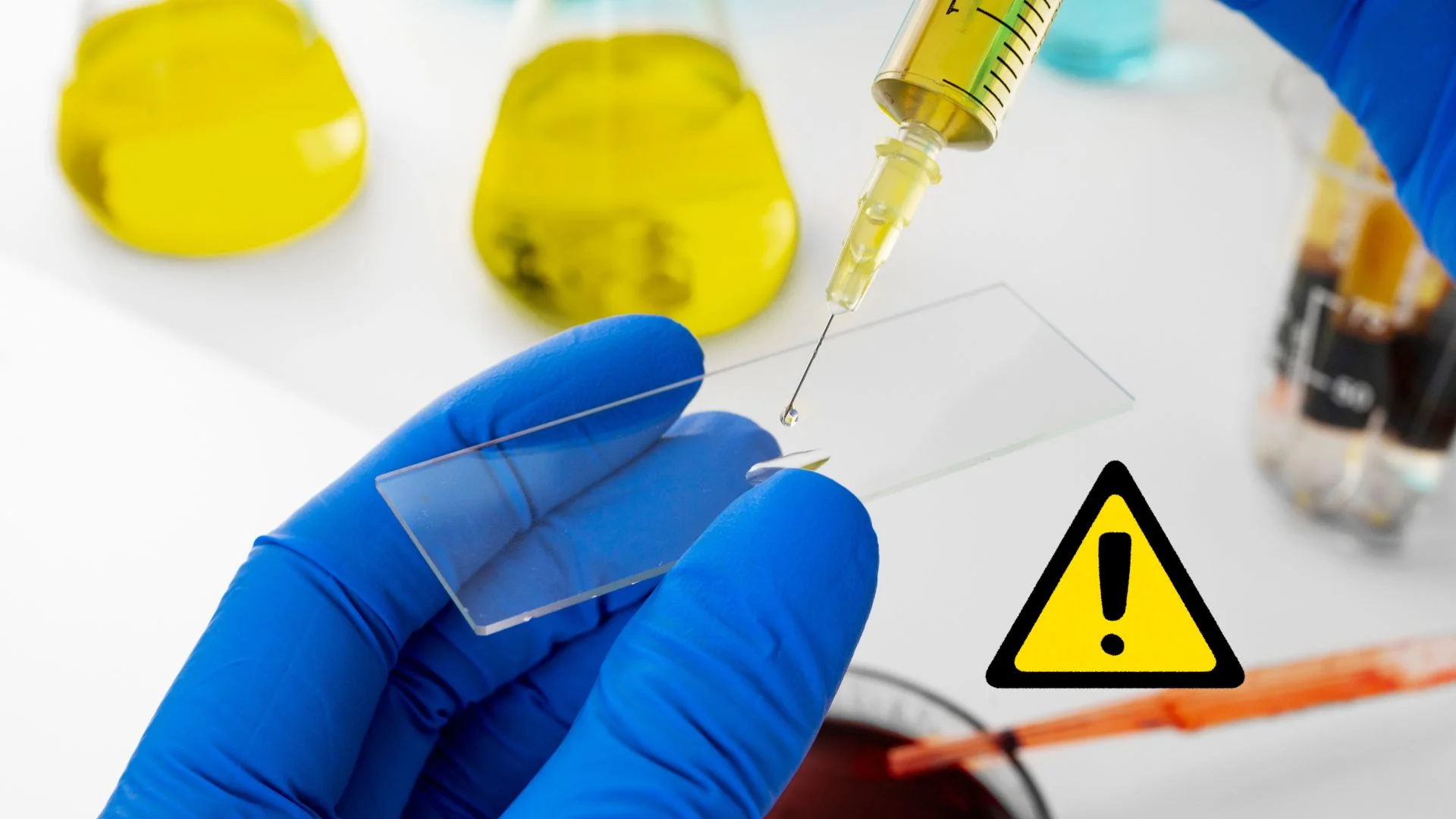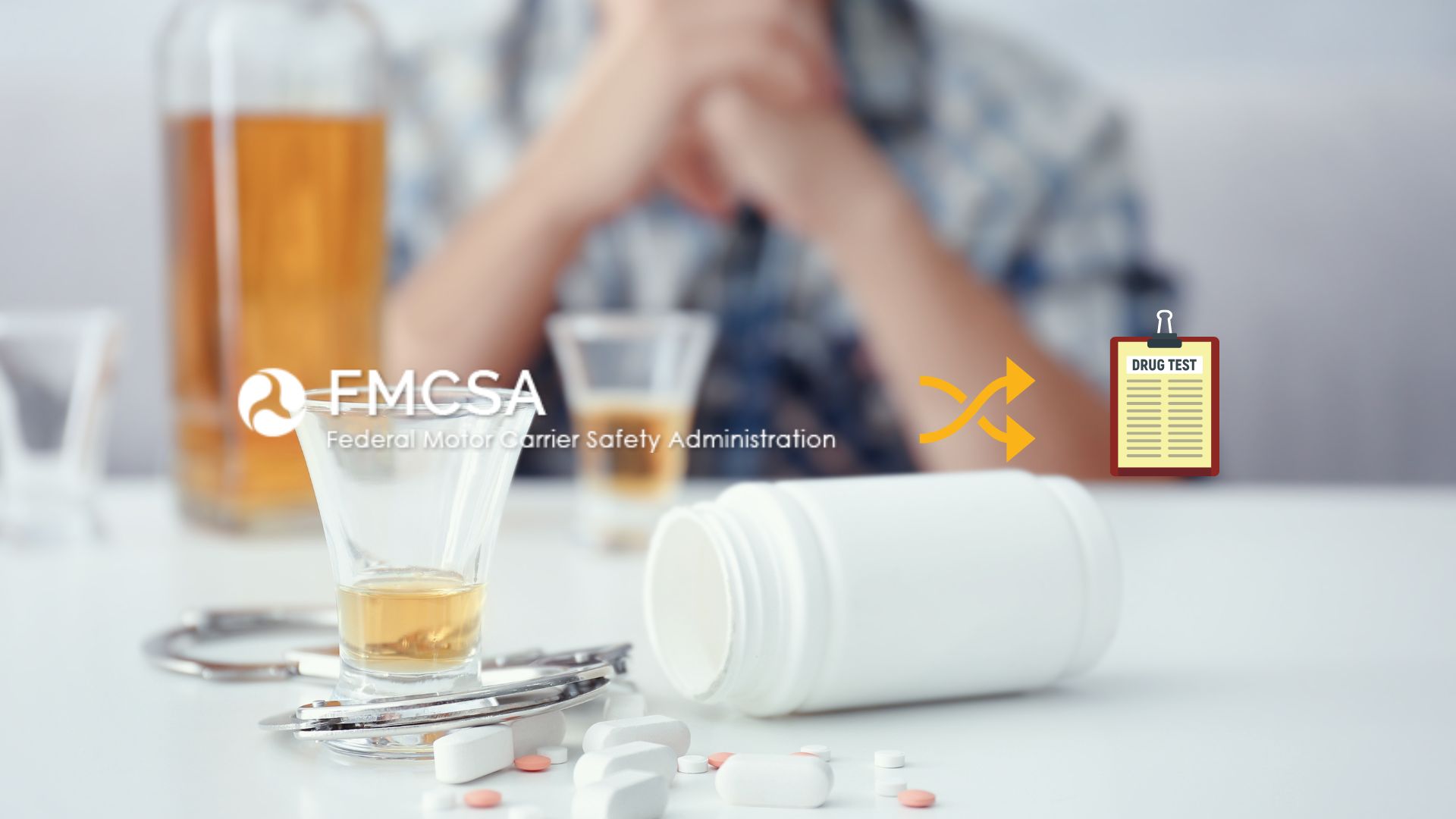Returning to duty after a violation of DOT drug or alcohol testing regulations requires careful planning, documentation, and compliance oversight. The Return-to-Duty (RTD) process ensures that DOT-regulated safety-sensitive employees can safely and lawfully resume their responsibilities after completing required evaluation and testing. Understanding each step of this process helps minimize risk, protect public safety, and maintain compliance with FMCSA and 49 CFR Part 40 requirements.
A well-managed Return-to-Duty process benefits both employers and drivers. Employers safeguard their operations from violations, while drivers gain a structured path back to work under certified supervision. Each case is unique, and success depends on clear communication between the employer, Substance Abuse Professional (SAP), and the testing provider. With goMDnow, this entire journey is managed with precision, confidentiality, and full regulatory compliance.
Different Stages of the Return-to-Duty Process
The DOT Return-to-Duty process can be broken down into several key stages, each critical for ensuring a compliant and smooth return:
- Violation Identification — a confirmed positive test or refusal triggers removal from safety-sensitive duties.
- SAP Evaluation — a certified Substance Abuse Professional evaluates the individual and recommends education or treatment.
- Education/Treatment Completion — all SAP recommendations must be completed before retesting.
- Return-to-Duty Test — a directly observed negative test result is required to resume work.
- Follow-Up Testing Plan — continued unannounced testing ensures long-term compliance and safety.
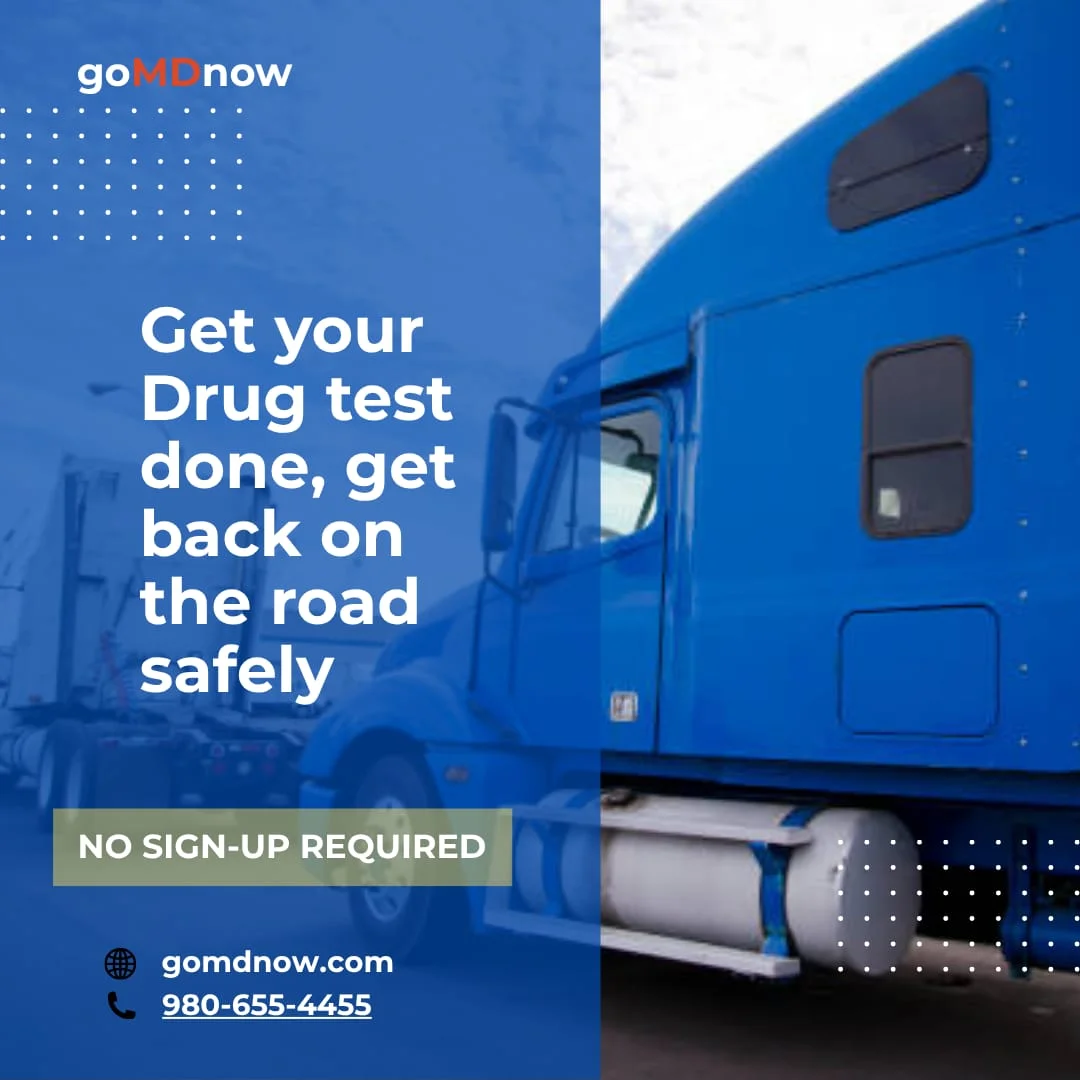
Why Is the Decision to Return to Duty So Important?
The decision to rejoin a safety-sensitive position after a DOT violation is about more than employment it’s about restoring trust, safety, and compliance. Employers must confirm that all regulatory steps have been completed and documented, while drivers must demonstrate readiness to perform without risk. A structured Return-to-Duty program led by goMDnow simplifies this process for both parties, ensuring that every stage meets federal testing standards and chain-of-custody integrity.
The Return-to-Duty (RTD) Drug Testing Process
A critical component of the Return-to-Duty process is drug testing. After a violation, the employee must immediately stop performing DOT-covered functions. The SAP then oversees treatment or education as needed. Once these steps are complete, a directly observed Return-to-Duty drug test is conducted by a certified collection site to verify readiness. A negative result is mandatory before resuming safety-sensitive duties.
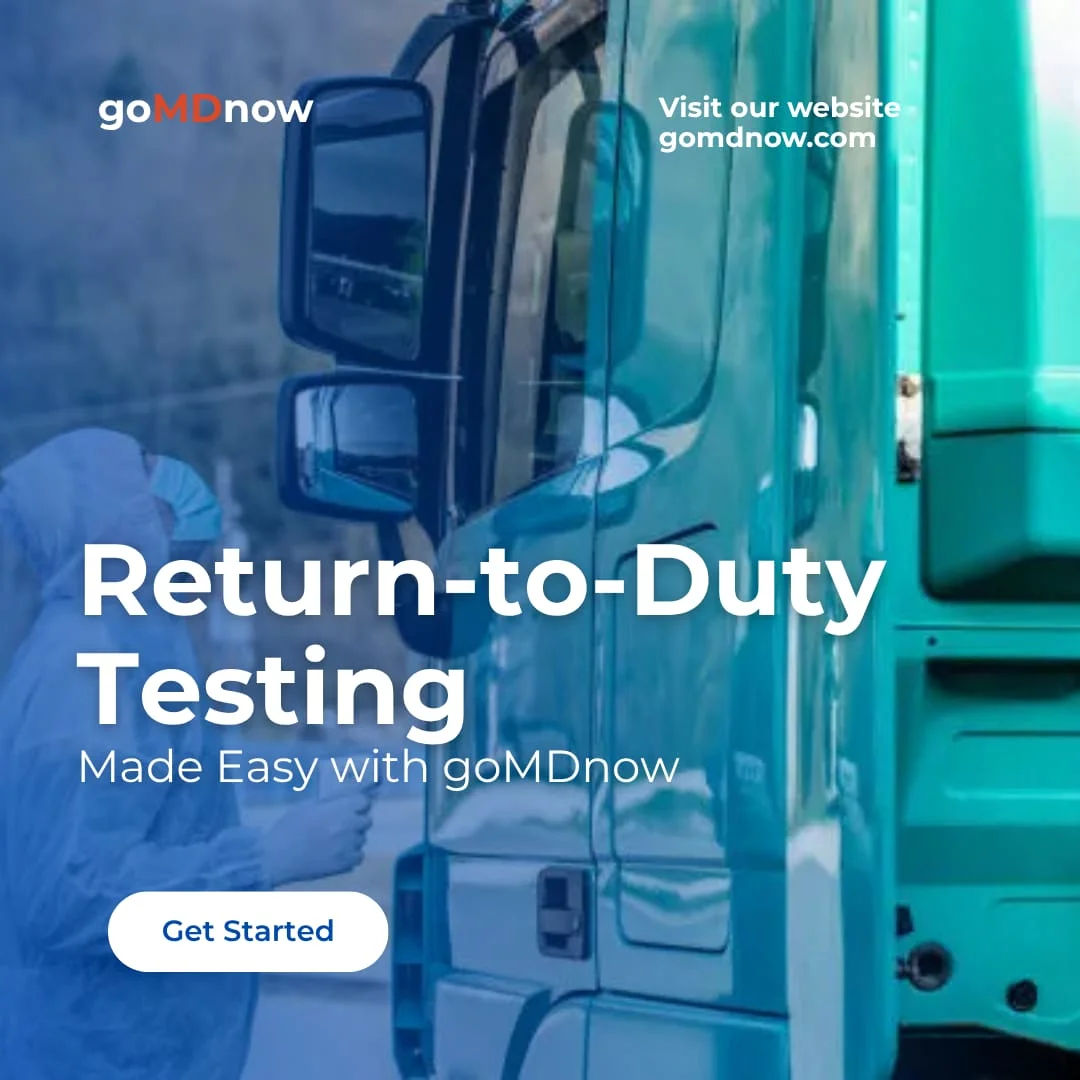
Schedule for Follow-Up Tests
Once the employee returns to duty, the Substance Abuse Professional (SAP) provides the employer or Third-Party Administrator (TPA) such as goMDnow with a follow-up testing schedule. These unannounced tests (minimum six in 12 months) monitor ongoing compliance, reinforcing accountability and safety within the organization.
RTD Drug Test Verification
The Return-to-Duty drug test is only performed after SAP approval confirming that all requirements have been met. This directly observed test is essential for verifying readiness and protecting workplace safety. The employer may not allow the employee to resume safety-sensitive functions until a negative RTD result is received.
Advantages of a Managed RTD Program
Partnering with a compliance-focused provider like goMDnow brings several advantages:
- Accurate recordkeeping and automated documentation for audits.
- Reduced administrative burden with digital compliance dashboards.
- Nationwide access to certified collection sites and laboratories.
- Confidential coordination between SAP, MRO, and employers.
- Consistent compliance with DOT and FMCSA testing requirements.
Common Challenges During RTD Implementation
The biggest challenge employers face is tracking follow-up tests over time. Missed or delayed follow-ups can lead to DOT compliance violations. goMDnow resolves this issue through automated alerts, detailed tracking, and transparent communication between all stakeholders ensuring accuracy from the first evaluation to the final test.
Final Thoughts
The Return-to-Duty process is more than a requirement it’s a second chance built on safety and accountability. With expert SAP coordination, verified testing, and transparent reporting, goMDnow ensures that every step of the RTD process meets DOT standards and helps employees return to duty responsibly.
Whether you’re an employer managing multiple drivers or an individual operator, partnering with goMDnow provides peace of mind that compliance, safety, and professionalism are always the top priorities.


